Somalia in the States: Finding Immersive Cultural Experiences Close to Home
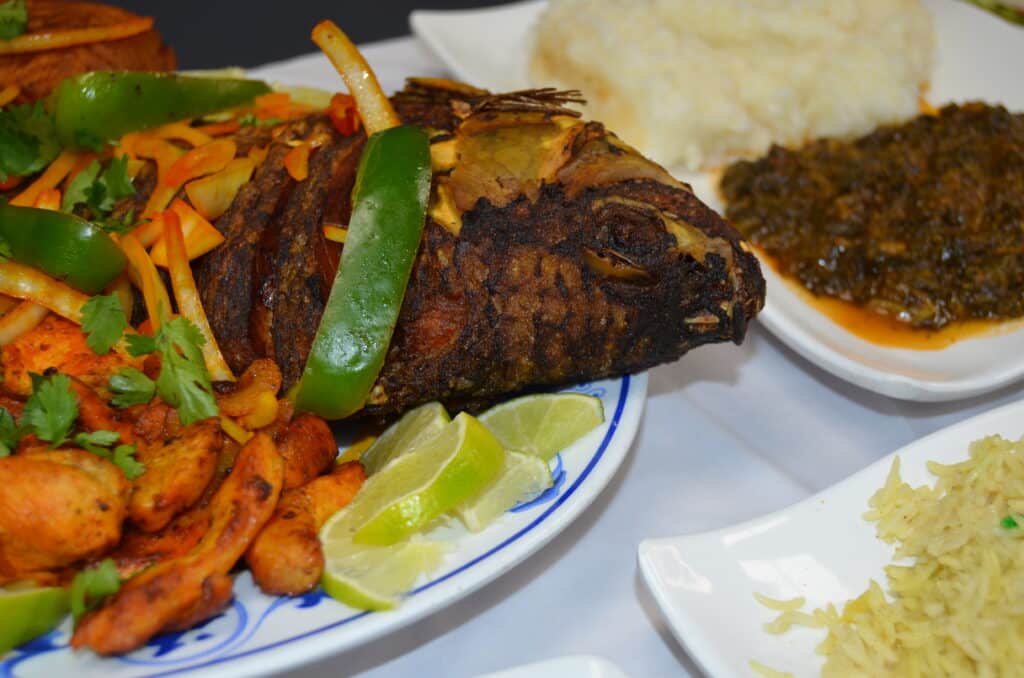
For many of us, the COVID-19 pandemic put a major damper on international travel. Rich multicultural experiences had to be sought within a short drive of home.
Culture can be explored in many ways — through conversation, clothing, dance, music, and more. As a recipe creator and food photographer, I’m a firm believer that food is one of the most intimate ways to connect with another culture.
I’m not the only one who feels that way. Comedian Jim Gaffigan jested, “In the end, that’s what most vacations are: just you eating in a place you’ve never been.”
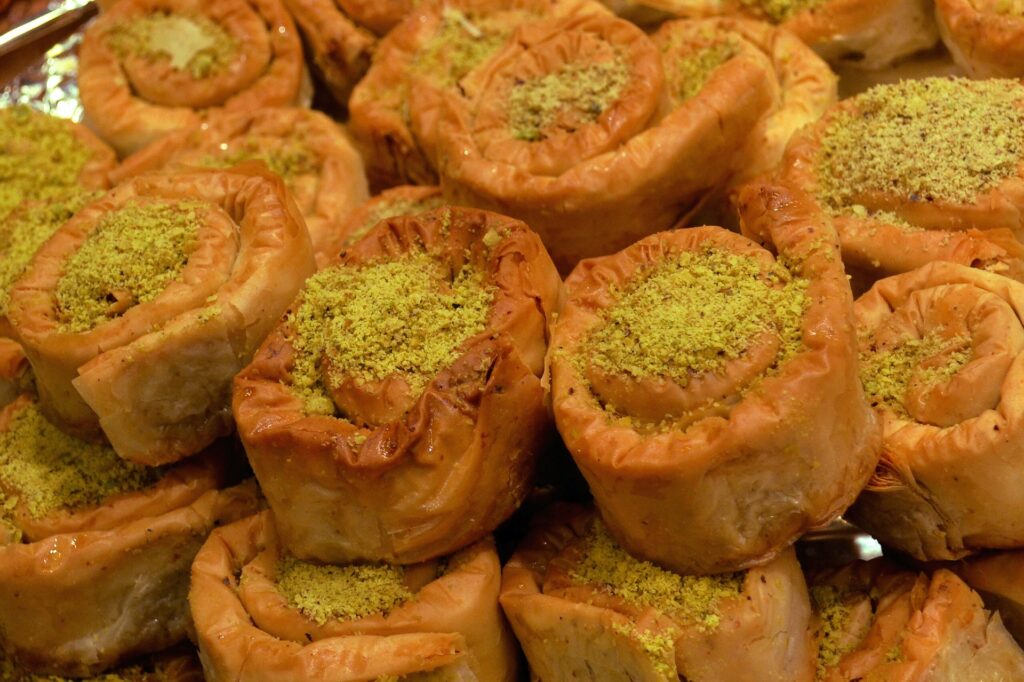
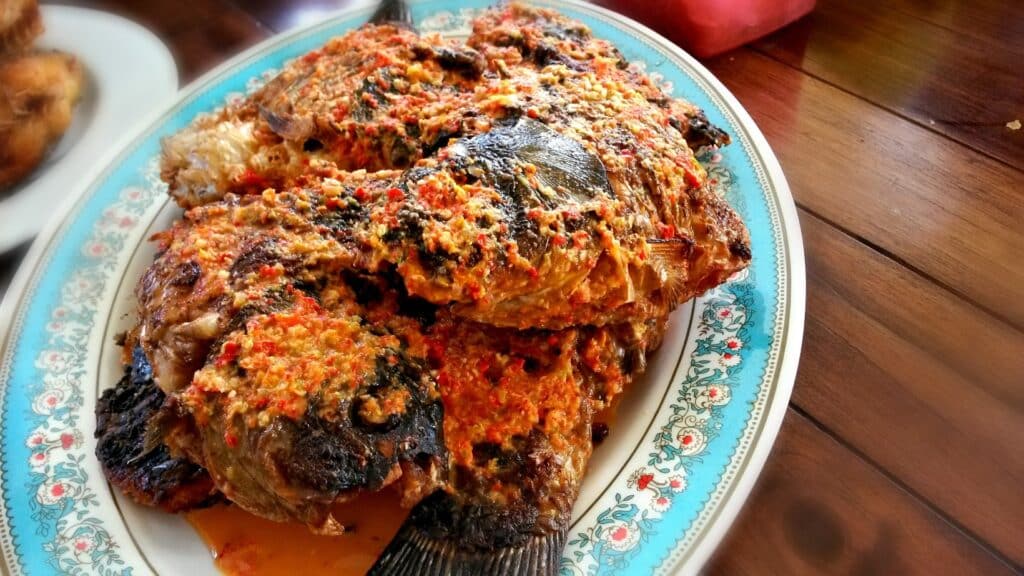
So when I can’t travel, that’s what I look for closer to home.
When I received a food photography request from the newly-opened Madina Restaurant, a Somalian restaurant in Nashville, Tennessee, I embarked on a day trip as immersive as a transcontinental flight.
As my assistant and I pulled into the parking lot, we realized we’d stumbled onto something special. The restaurant itself occupied one storefront in a mini-mall. Signage on nearby businesses appeared in both Arabic and English.
We parked in front of the Barwaqo Market. The Somali language name translates to “prosperity.” The coolers were stocked with halal meats — meat prepared in the manner permissible by Islamic law — and the shelves with enticing and exotic spices. To our left was another strip of businesses. The largest sign was for The Horn, a Somali coffee shop.
We weren’t in Kansas anymore.
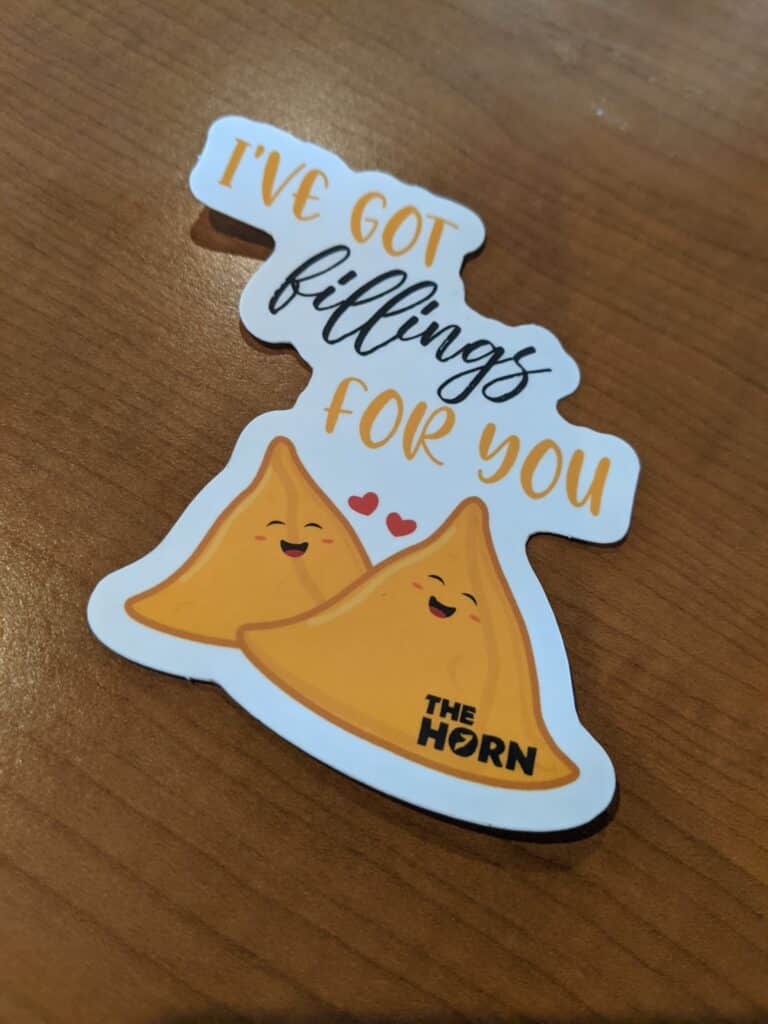
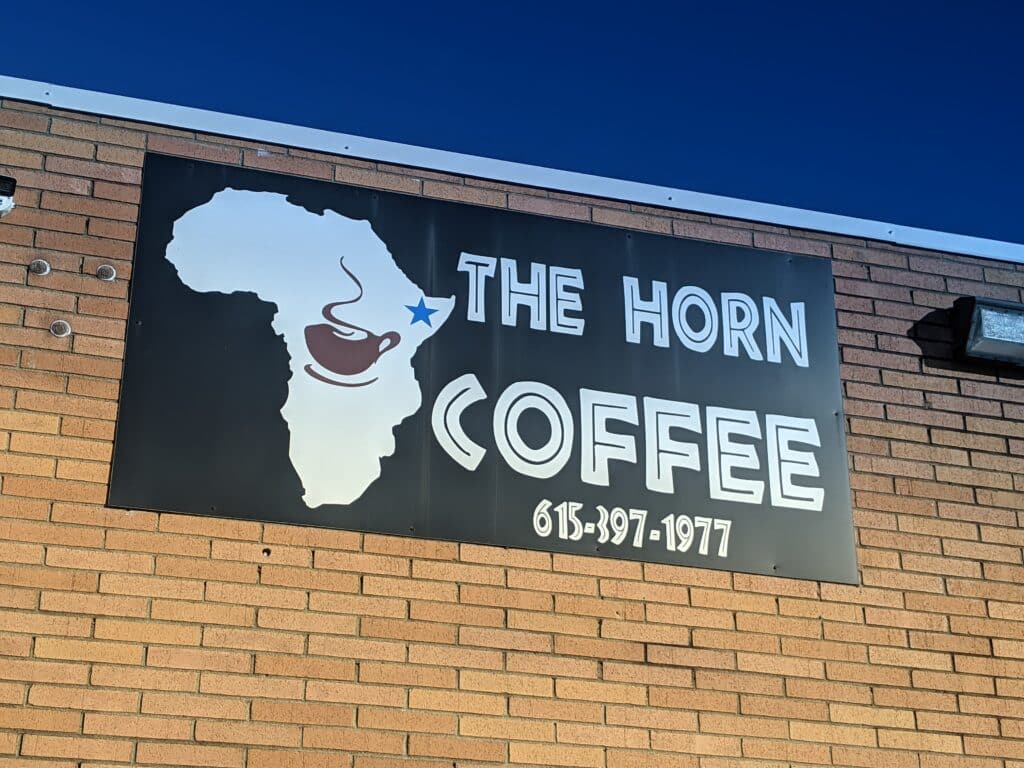
As we entered Madina Restaurant — named, I later learned, for the Islamic pilgrimage city of Medina, Saudi Arabia, and known as al-Madina in Arabic — all eyes turned to us. At that hour, we were the only visitors in Western-style clothing. Some of the men wore long, ankle-length collared robes. Others had brightly patterned garments. The women were adorned in long dresses with long sleeves, and their heads were covered.
The matriarch of the restaurant showed us to a quiet event room where we set up our photography equipment. Her adult daughter guided us through the naming of each dish, explaining its contents. Her hospitality was warm and immediate. Before the first dish arrived, she asked, “Would you like something to drink?” and treated us to ice-cold Coca Colas.
We spent about an hour conversing with the young woman, transported on her childhood journey from Somalia to the United States. How she wanted to study medicine and let her siblings inherit the family business. How she loved parties where only women were present, so she and her friends could let their hair down — literally — and dance.
By the time I put away my camera, it felt like we’d been friends for years. No topics were off-limits, even the differences in our religious beliefs or whether all American-born women behaved as promiscuously as American television characters. She told me about her family’s clothing store that specialized in modest clothing for women. I promised I’d visit.
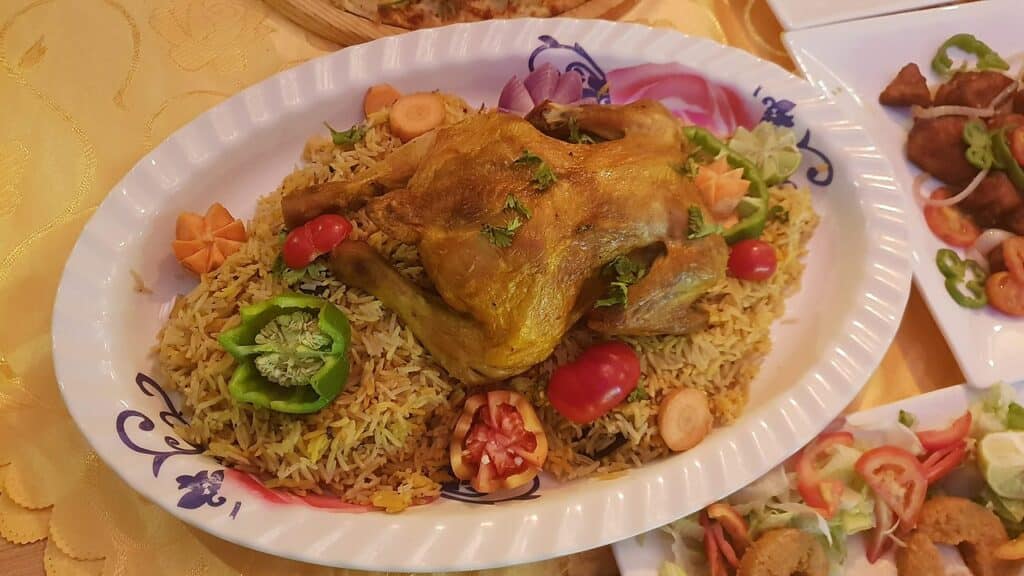
“Do you want to take some of this food?” she offered. “There’s too much for us to eat, and we can’t sell it to the customers.”
My assistant and I loaded up our to-go boxes with fried whole fish, colorful rice sprinkled with raisins, chapati flatbreads, K.K. (flatbread cut into strips and cooked in sauce, with a texture similar to chicken and dumplings), kalaankal (beef cubes), and beef and goat suqaar, an Arabic term meaning “small ones.” Our host wouldn’t let us stop at just one to-go box; we each left with two and a foil packet of flatbread.
“Do you like spicy?” she said. “We put hot sauce on everything.” We poured the red and green house-made sauces over the meats.
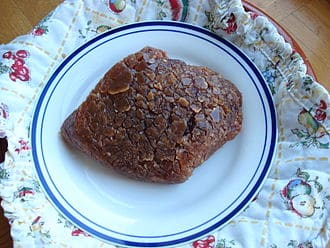
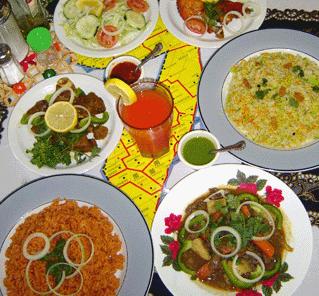
“I eat like this every day,” she explained. She preferred the regional dishes her mother prepared to fast food. “But I like to eat my meat and bread with bananas. If you have bananas at home, you should try it.”
“Do you still want coffee?” I asked my assistant as we loaded the car.
“I have enough food in this bag to feed myself for four days, but I do want to see if they have sambusas.”
As it was at Madina, the double glass doors of The Horn were a window to the other side of the world. Soft Somali music played in the background as women covered in full burkas raised the folds of their garments to nibble pastries or sip coffee without revealing their faces. The coffee shop is family-owned with a mission to help “Nashvillians of all backgrounds to connect over Somali chai.”
They did indeed have sambusas, triangle-shaped pastries with a savory filling. As we drove home sipping some of the best chai I’d ever tasted, my assistant and I marveled over the events of the afternoon.
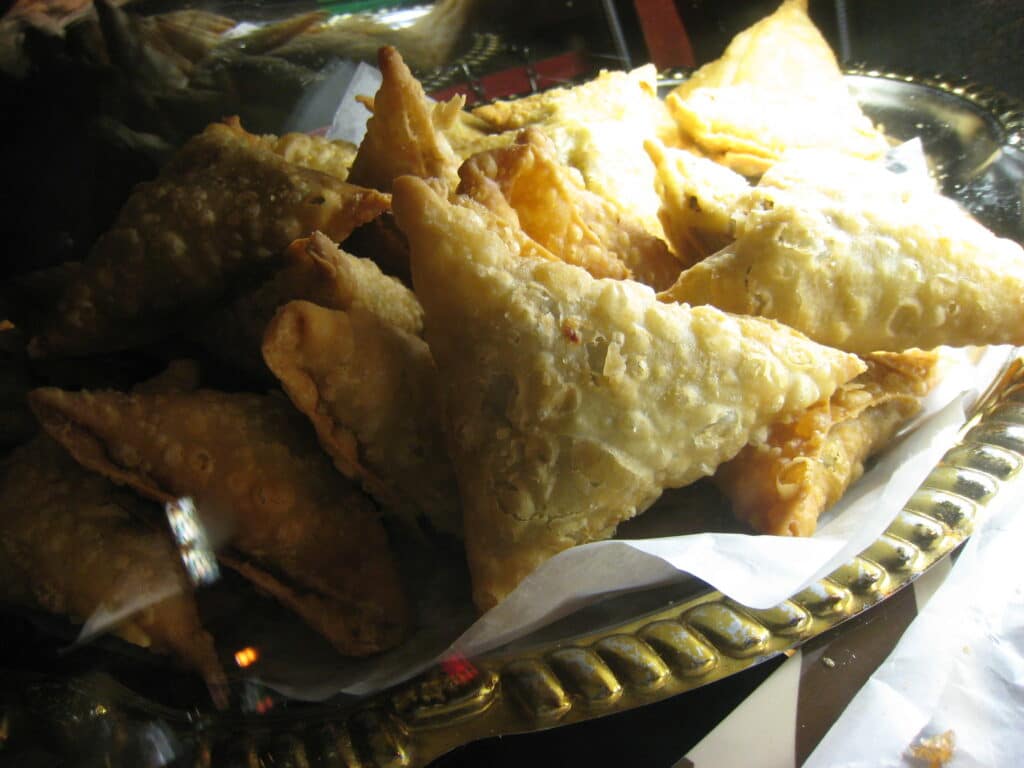
Sociologists would call this concentration of businesses an ethnic enclave — a grouping of people with a shared national or cultural background. Enclaves can be found in most big cities, where they form a protective barrier between the potential for prejudice from mainstream society and the refugees or immigrants adjusting to a new location. They also help keep cultural and culinary traditions alive.
For culturally-minded travelers, enclaves also represent a unique opportunity for transformative experiences in at least two ways.
First, these businesses make cultural experiences available to everyone. Time constraints, family or work responsibilities, finances, or health issues may prevent some from traveling abroad. Yet, they can experience the food and culture of distant lands by visiting businesses located in their figurative backyard.
Second, enclave neighborhoods can build empathy. When you have a conversation with someone, you realize that your human kinship far outweighs any perceived differences. And if you find yourself in an environment where you are dressed differently from everyone else, where you don’t speak the dominant language, and where the food is unfamiliar, you may discover how it feels to be in the minority, if only for a moment.
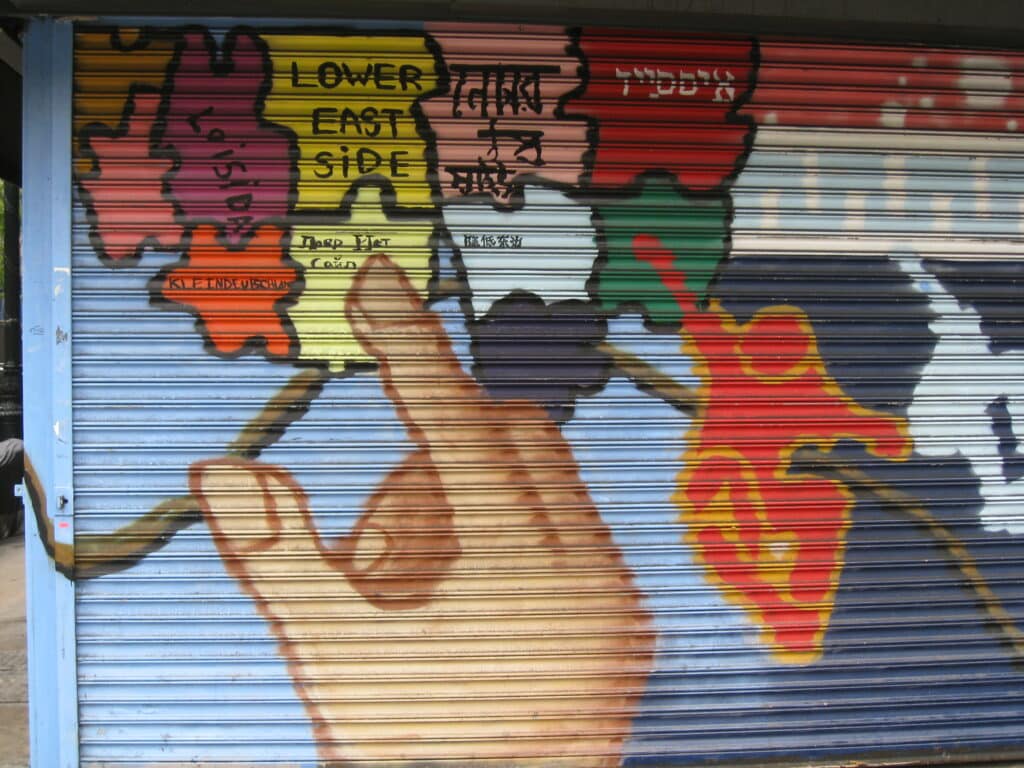
But, do business owners within enclaves resent the presence of tourists? Hardly. Small businesses have struggled to stay afloat during the pandemic. Shopping small at immigrant-owned restaurants and shops can help them keep their doors open. Our friend at Madina explained, “We hope these photos will help bring all kinds of people into our restaurant. They may not recognize the names of the foods, but if they see it, they’ll want to try it.”
Since my afternoon in Somalia/Nashville, I’ve been more aware of the abundance of diverse businesses in my own hometown — the Hawaiian restaurant, the Egyptian coffee shop, the Indian restaurant with beaded curtains separating the booths and pillows on the floor, the Jamaican cafe with posters in Patois on the walls, the Latin American and Asian groceries, and so much more. Until my travel dreams can take flight once more, I can’t wait to visit these places again or experience them for the first time.
Cover by Cara Siera. Typical Somali dish of fried whole fish, colorful rice sprinkled with raisins and chapati flatbreads.
Book Your Stay in Nashville, Tennessee
Search, compare and book hotels & rentals at the best prices that are sourced from a variety of platforms including Booking.com, Hotels.com, Expedia, Vrbo, and more. You can move the map to search for accommodations in other areas and also use the filter to find restaurants, purchase tickets for tours and attractions, and locate interesting points of interest!


Cara Siera is a freelance writer, editor, and photographer from Tennessee, USA with a background in psychology and sociology. Her work has appeared in Creative Nonfiction’s online journal Brevity, the Red Mud Review, Fearsome Critters: A Millennial Arts Journal, and countless websites. Cara also curates the work-from-anywhere lifestyle and travel blog Anatomy of Adventure. She is a foodie with a passion for international travel, recipe creation, understanding other cultures, and the great outdoors. Learn more about her work here.